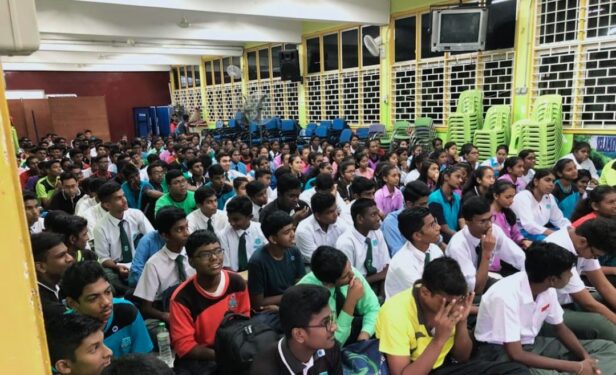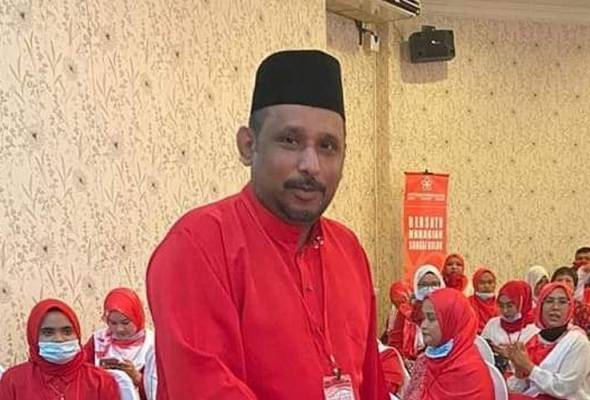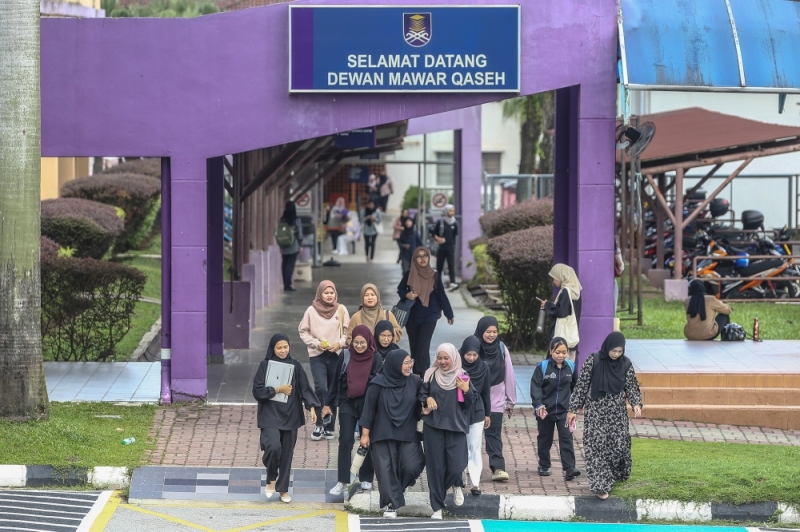THE 3,000 over delegates at the 11th World Tamil Conference were elated when Prime Minister (PM) Datuk Seri Anwar Ibrahim gave assurance that the current requirements set for Tamil to be taught as an additional language in secondary schools can be relaxed.
Anwar Ibrahim’s announcement drew loud cheers and thunderous applause from the crowd when he agreed to suggest to the Education Minister to make the necessary adjustments to 10 and allow for nine or 11 students.
This clearly exhibits the PM’s concern about the needs of the multi-racial communities in the country. The current condition requires a minimum of 15 students for a Tamil language class to be held is secondary schools.
Surprisingly, the PM responded immediately to the request of the conference’s joint chairman Datuk Seri M. Saravanan who had earlier in his speech pleaded to Anwar to allow Tamil to be taught in cases where there were less than 15 students.

Anwar reiterated that he will encourage the learning of Tamil and hopes to make it an additional language in public schools. He added that he would discuss with the Education Minister Fadhlina Sidek about promoting mother tongue languages in schools nationwide.
Now, it is the Education Ministry’s responsibility to resolve administrative issues by resolving shortage of teachers, if any, and immediately implement the PM’s directive.
There have been cases in the past where inconsistencies, lackadaisical attitude and slow reaction to issues are putting the education fraternity in trouble.
For one, it is understandable for several Malay non-governmental organisations (NGOs) to urge the closing down of Tamil and Chinese schools for the simple reason that they were not helping in the integration efforts.
Due recognition
Meanwhile, Education Minister Fadhlina Sidek has responded to the PM’s recommendation that the Education Ministry will examine and study in detail how rules on the teaching of Tamil in secondary schools can be relaxed as this was a new issue.

Parents must play an important role, too. Sending children to Tamil class must be a choice for parents and students instead of it being a sentiment-based decision.
Despite the governmental support, Tamil education and Tamil as a subject in secondary schools must be aggressively promoted by NGOs and political parties on both side of the divide.
As we know, vernacular schools have long been recognised in the legislative framework of the education system even before Merdeka. Following the country’s independence on Aug 31, 1957, vernacular schools were given due recognition under the Education Act 1961 as well as the Education Act 1996.
Thankfully, PM Anwar also announced an additional RM2 mil for the University Malaya Indian Studies Department with the hope that the university’s senate will support Tamil studies project by possibly translating some of the great works.
Very broadly, the state of Tamil schools in the country will always be a cause for concern. After 65 years of independence, Tamil schools are in a worrying state. The vast majority of its students come from poor households.
Now there are only 528 Tamil schools in the country with a total of 79, 309 students. In 1980, there were 589 Tamil primary schools.
M. Vivekananthan has served the Malaysian government at various ministries and agencies for almost 30 years.
The views expressed are solely of the author and do not necessarily reflect those of Focus Malaysia.
Main pic credit: Bernama










